Introducing Motorcycle.com's 2022 Yamaha MT-10 SP Semi Long Term Bike

Tasteful mods and curvy miles are in store.
Long-term test bikes aren’t something we normally do here at Motorcycle.com, but when Yamaha’s PR guy Gerrad Capley said I could take the MT-10 SP home after the press intro, it was an offer that was hard to resist. When I asked him how long I could have it, he basically shrugged his shoulders and winked. “Can I modify it?” I asked. “Only if you give it back to us in stock form,” he said. Just like that, I dashed away with an MT-10 SP for an indefinite amount of time. Nice.
If you bothered to read deep into the comments section of my 2022 Yamaha MT-10 SP First Ride review, you might have seen that I was going to do something like this. I suppose putting it in writing with its own post makes it official. The plan is to put some miles on it, obviously, but also to add some bang-for-the-buck modifications to really extract the most out of it without getting too crazy. I also don’t want to price this thing into the category of some of its European competitors, which in stock form would still be better than the MT anyway. And since the bike is predominantly going to be in my hands, it’s going to see a life filled with racetrack miles to go along with the miles spent on the freeway and canyons. But since the MT will be ridden in between other test bikes floating around here at MO, don’t expect to see mega miles or maintenance along the way. Although, if the bike does require any unplanned repairs, that’ll be noted in future installments.
What’s The Plan?
I have a soft spot for Yamaha’s MT-10 and I think it really boils down to the crossplane crankshaft. The sound it makes with its uneven firing order really gets me worked up. But riding it, at least in stock form, tends to leave me disappointed – mainly because it feels so blatantly muted from the factory. It’s a case of engineers building something cool, only to get stymied by a bunch of lawyers who don’t want the PoPo breathing down their necks. All manufacturers have a similar issue to some degree, but when riding the MT-10 SP, I couldn’t help but think “I wonder what this would feel like uncorked.” When Capley offered me the keys and an open end date, it felt like fate telling me to find out.
So, here’s what I have in store, in order of importance, and why:
ECU reflash ($350)The MT-10 (and R1) engine in stock form leaves so much performance on the table. ECU tuners have been unlocking this potential for years, and now I’ll be able to experience this potential for myself. The MT-10 in particular has been unlocked by several tuners, but I went with 2 Wheel Dynoworks in Kirkland, Washington because, in speaking with their operations manager Nate Phipps over the phone, it was clear he knew this bike forwards and backwards. I’ll cover the particulars of the flash in the next installment, but the gist is that Phipps was sure his tune would unlock loads of power up top, but also throughout the rev range. All this while still keeping the stock exhaust system 100% intact. Plus, the process is super easy. Just take out the ECU (which will be covered in a future installment) and mail it over. Nate reflashes it the day it arrives in the mail, then ships it back the next day. Easy.
Brake pads ($80)Yamaha sportbikes are notorious for having soft brakes. It’s not so much that the braking system is weak, but it lacks bite and feel. I harp a lot about how a set of pads can transform a set of brakes, this is an opportunity to put my money where my mouth is. EBC sent over a set of its HH sintered brake pads – its most aggressive compound – to solve the MT’s braking woes once and for all. It offers strong initial bite, which is what I like, and should be the complete opposite of the stock pads. Since the bike already has a Brembo master cylinder and steel brake lines, there’s no need to touch either of those. Theoretically, anyway.
I said earlier the sound of the crossplane crank captured my heart. The stock catalytic converter keeps much of that sound – and outgoing air – to itself. Leo Vince’s cat-delete midpipe frees up the exhaust path, saves a ton of weight, and together with the ECU flash, yields a little more power. However, I’m keeping the stock silencer in place for a few reasons: First, this is still a street bike after all. Second, I actually like my neighbors. Third, the sound is still throaty without being obnoxious (from what I can tell on Youtube videos anyway). And fourth, an aftermarket exhaust is a lot of money for little gain. Phipps confirmed that the catalytic converter is the big bottleneck when it comes to the MT-10’s airways. The stock airbox and air filter are very efficient already at letting air in, and the exhaust headers and silencer are pretty good at letting air out. The only thing left is the cat. And in case you’re wondering – Yes. Technically, removing the cat and replacing it with this midpipe is illegal for use on public roads.
TiresI’m envisioning this bike will be a revolving door of different tires to see how they perform on the street and on the track. First up, the Dunlop Q5.
WindscreenI’m still not sure about this one since I’m afraid to lose the naked bike aesthetic, but Yamaha already has a taller windscreen for the MT-10 in its parts catalog, so I might capitulate for the sake of highway comfort.
What Now?
Next comes putting the parts on the bike and seeing how much of a difference they make. In my opinion, bang-for-the-buck upgrades should also be fairly simple to install. So, no internal engine modifications here. In part two, I’ll show how much effort it takes to install each part, followed by a trip to the dyno, and riding impressions. There may even be a trip to Chuckwalla thrown in to see how everything works at the limit. Stay tuned.

Troy's been riding motorcycles and writing about them since 2006, getting his start at Rider Magazine. From there, he moved to Sport Rider Magazine before finally landing at Motorcycle.com in 2011. A lifelong gearhead who didn't fully immerse himself in motorcycles until his teenage years, Troy's interests have always been in technology, performance, and going fast. Naturally, racing was the perfect avenue to combine all three. Troy has been racing nearly as long as he's been riding and has competed at the AMA national level. He's also won multiple club races throughout the country, culminating in a Utah Sport Bike Association championship in 2011. He has been invited as a guest instructor for the Yamaha Champions Riding School, and when he's not out riding, he's either wrenching on bikes or watching MotoGP.
More by Troy Siahaan



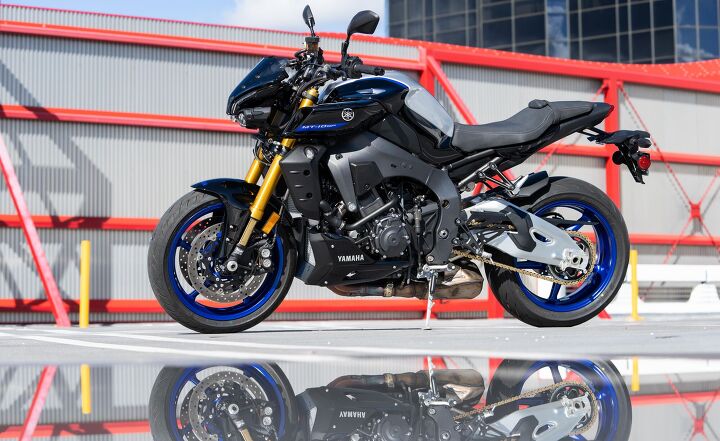

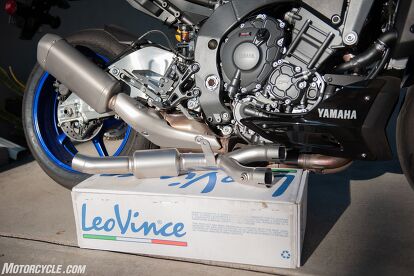
























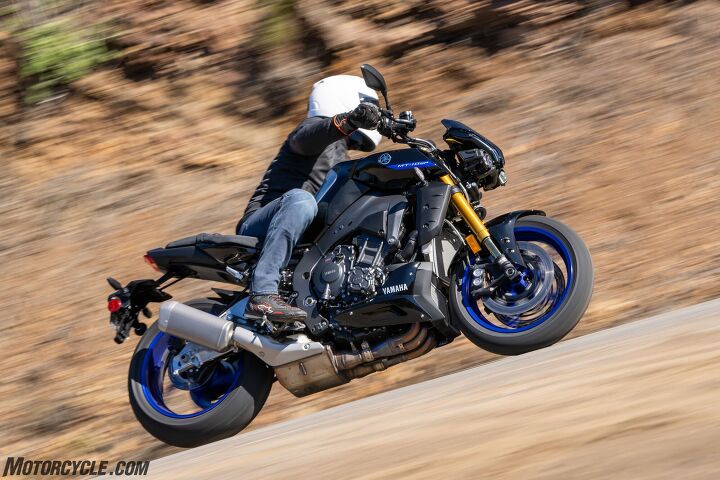












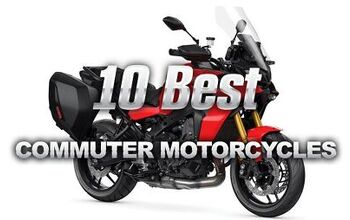

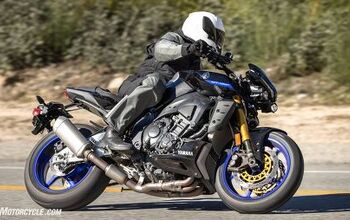





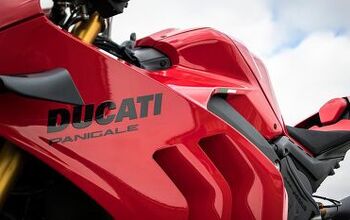








Comments
Join the conversation
I'm glad to see a long-term bike.
I'm also glad to see you with a cat-delete pipe. I'm surprised Evans Brasfield hasn't put the kabash on that.
I'm always skeptical about ECU mods and things like that.
If the OEM's army of best and brightest engineers can't optimize the darned thing, why should I believe some guy tinkering in his garage can? I know people swear by aftermarket tuning, but it just doesn't make sense.
I know. I know. The aftermarket doesn't have to follow the same emissions and noise restrictions that the OEM do. But that argument assumes that EOM design a badass bike, then hand it over to some compliance wonk and let him fµck it up. I think that's a fallacy. "Let's spend a lot of money to build a great bike, then let's spend even more money to ruin it." I can't believe that Yamaha or any other OEM would engineer bikes that way.
Some bikes come out of the factory with great torque, power, throttle response. They were engineered correctly. Other bikes might have jerky throttles or dead spots in the power curve. Those things were engineered poorly, and no aftermarket trickery is going to vastly improve them.
Where's @disqus_paLWPo9yyv:disqus ? He should be able to shed some light.